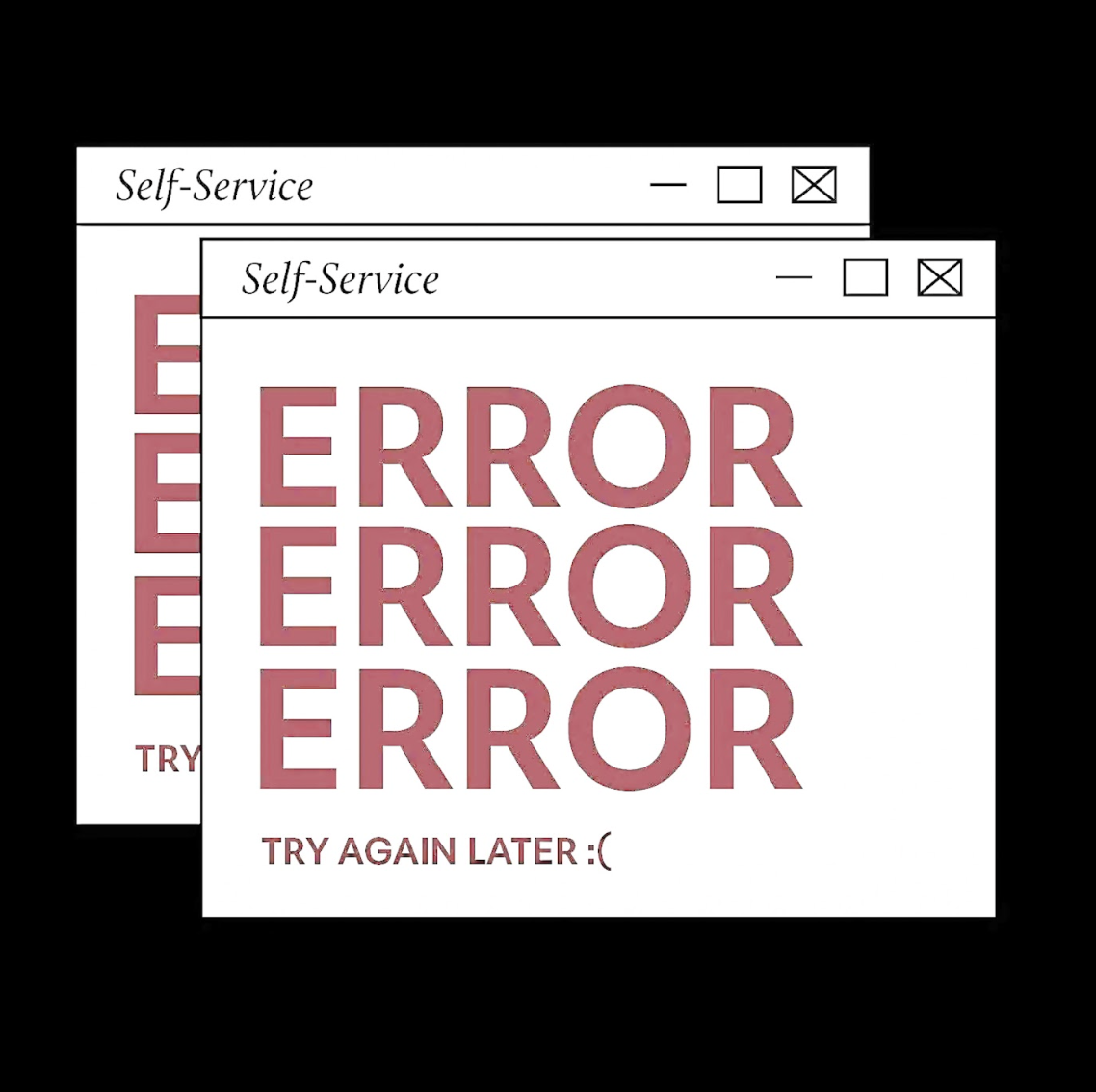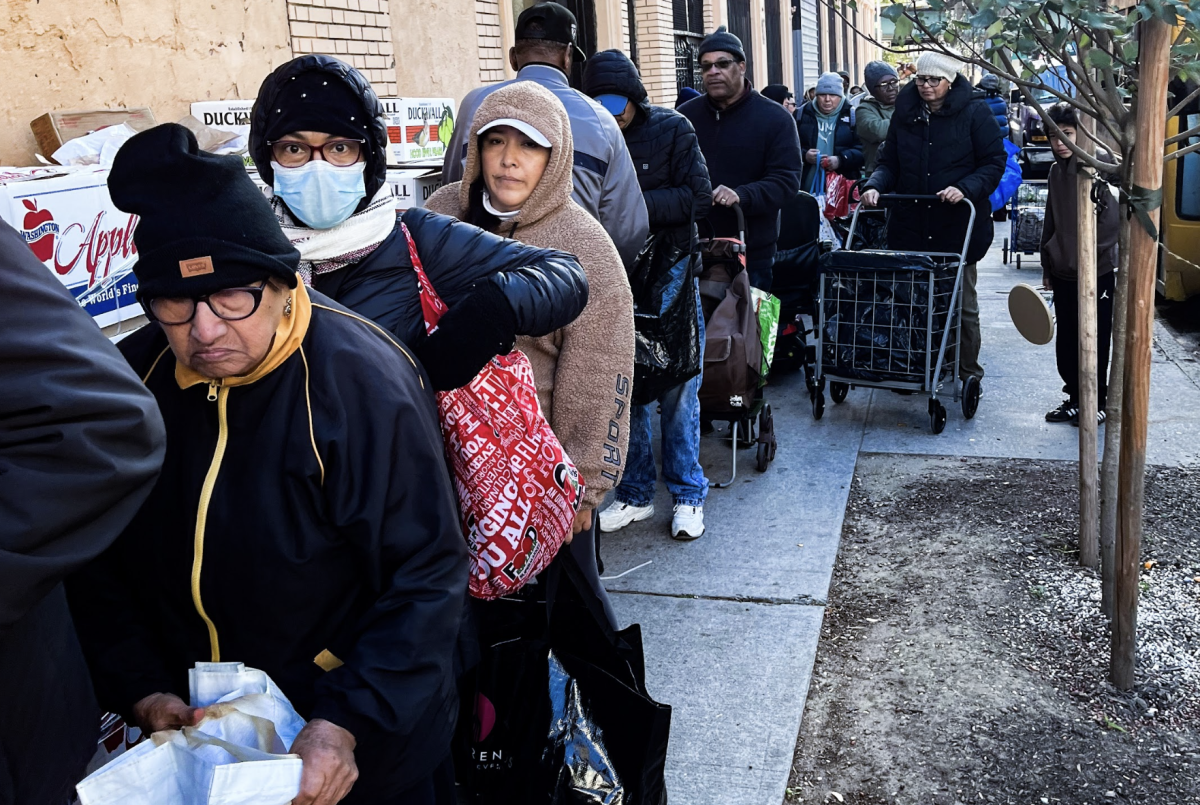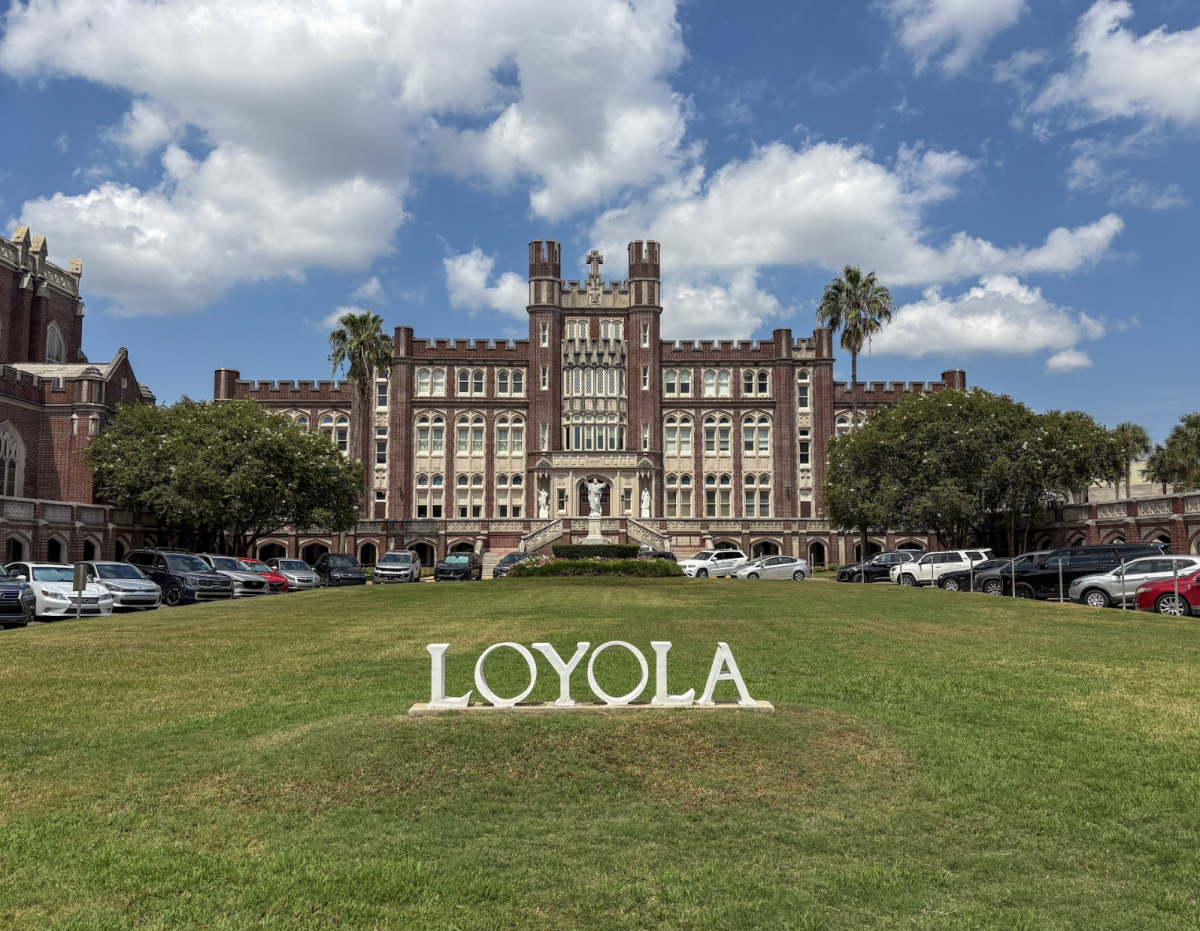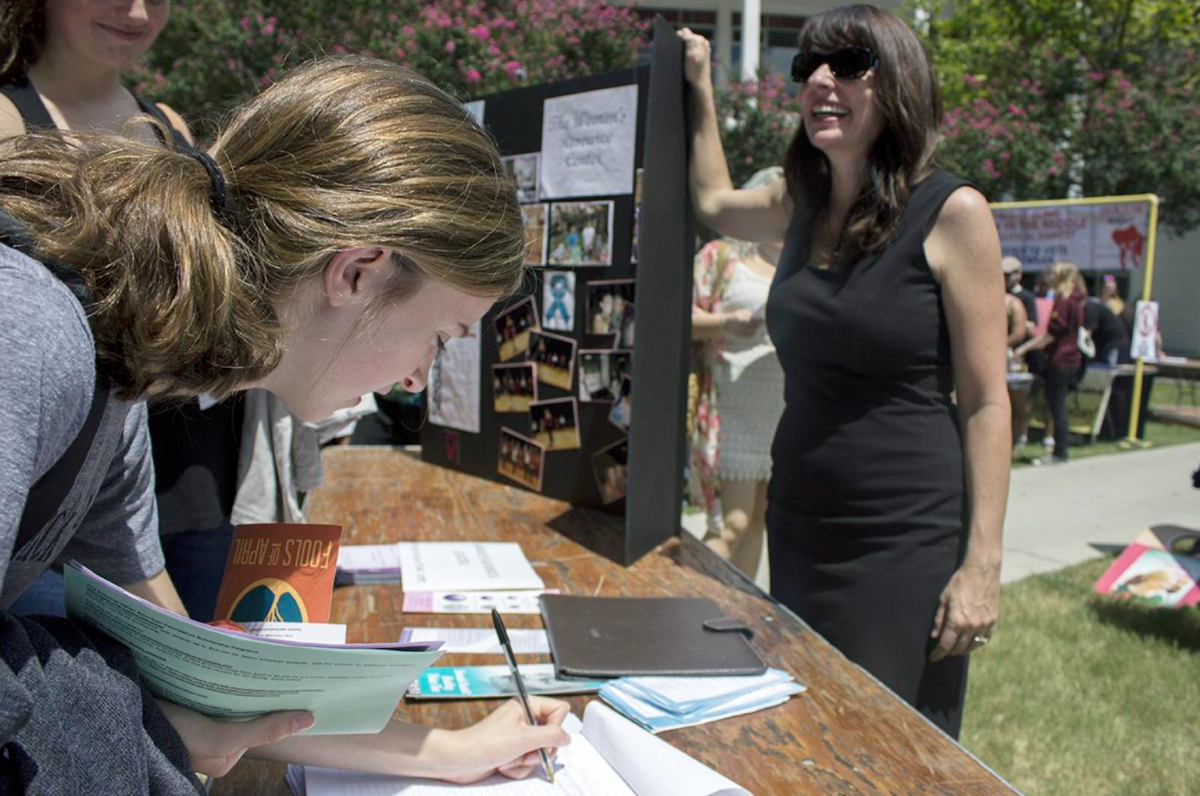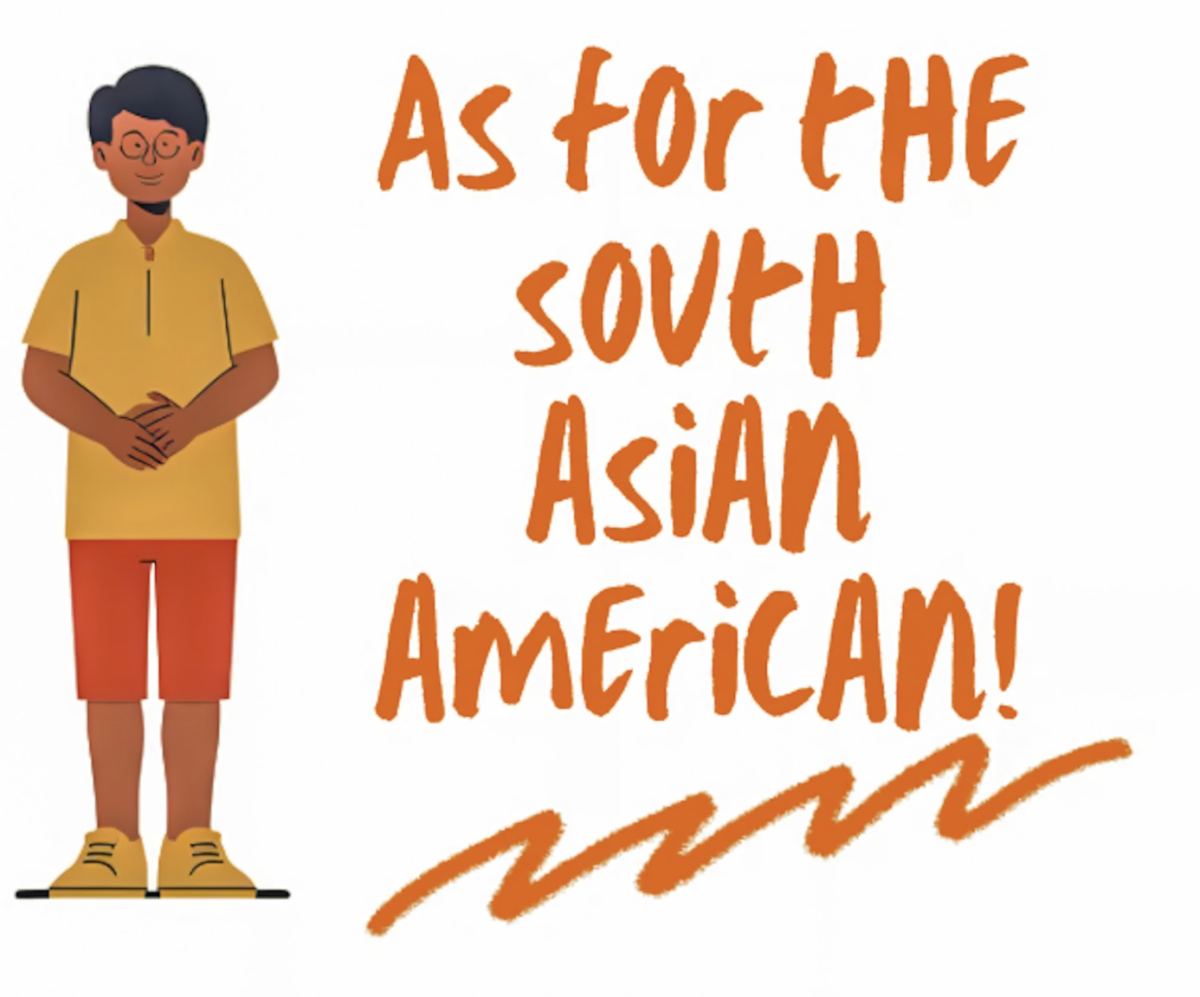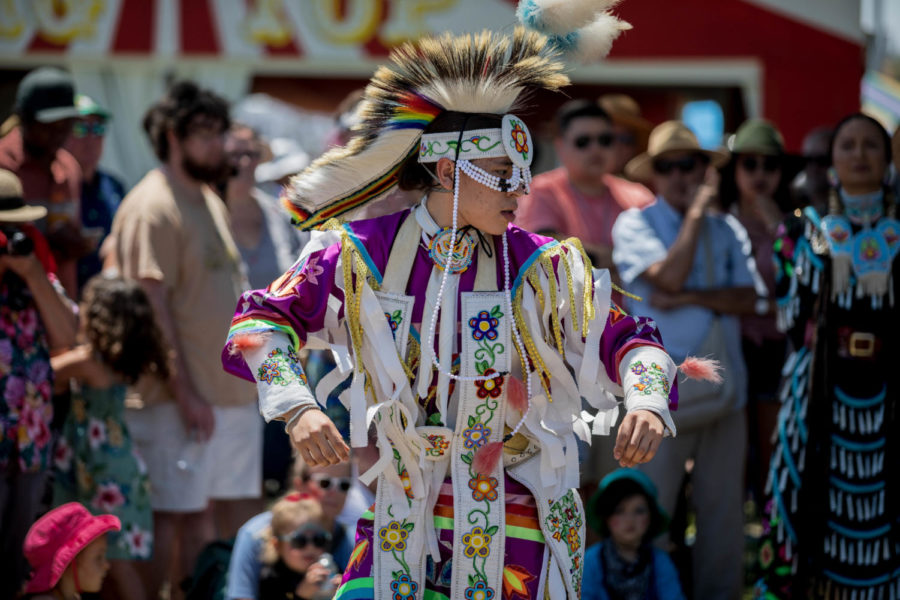Diversity is a virtue, but it is also a commitment. At Loyola we have not only committed to a multicultural campus, but we have committed to programs that make diversity a strength instead of a buzzword. We have been recognized as the number two university in the nation for race/class interaction by the Princeton Review, and U.S. World and News Report named us the fifth most ethnically diverse university in the Southern region. These accolades are important, as they mean more than numbers. This type of recognition means that in our classrooms, when we discuss the gender pay gap, police violence or neo-imperialism, we are not discussing these issues in a vacuum that only hears our own viewpoints and experiences. This means that our community mirrors the global and interconnected world we live in. This type of ethnic, racial and class diversity means we have the advantage of having more authentic and constructive dialogues about social, political and cultural issues of the day. Loyola may be a small school, but our student body captures a large swath of different identities. This is what makes Loyola, and what makes us, exceptional.
But our diversity cannot flourish inside and outside the classroom without institutional commitment. We are fortunate to attend a university where there is such an institutional commitment to diversity. We do not merely support affirmative action in the abstract, we have a Diversity and Affirmative Action Committee that seeks to constantly analyze and improve diversity in enrollment and raise the profile of diversity as a focal point in classrooms.
We have an administration that hired Liv Newman to act as the Interim-Chief-Diversity Officer. There is a new Multicultural Leadership Council organization. These are important steps to show an administrative commitment not only to diversity in the abstract, but diversity in practice as a feature of campus life and our Jesuit educational mission.
As we look back on these successes, on what we have done well, we must still remember that to continue this process of diversification, we must firmly invest in these programs and continue to pursue diverse representation not merely in our student body, but in our faculty as well. The commitment to diversity does not stop with enrollment figures that list a high number of female, Latino or black students. Diversity in action means engaging with our diverse community in the classroom, in extracurricular activities and in campus life. We are proud of the strides we have made, but we must also continue this journey towards an ever more conscious, critical and multicultural community.


